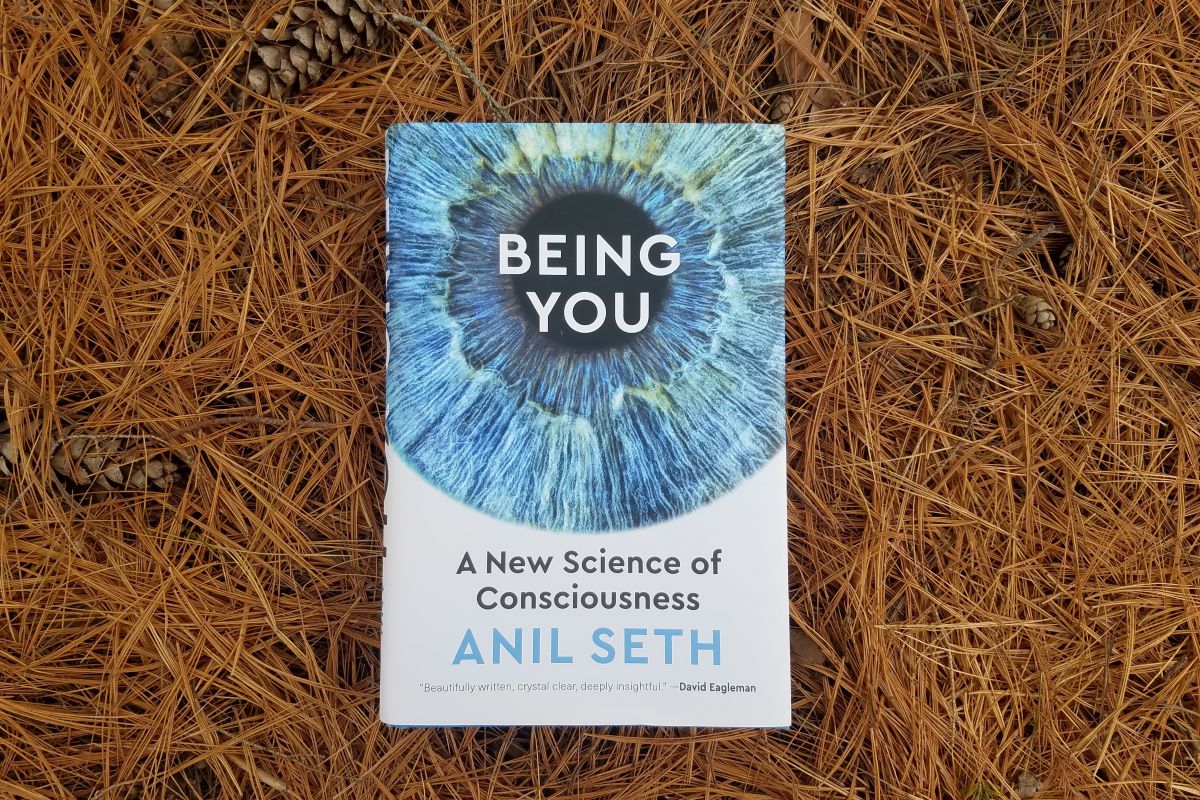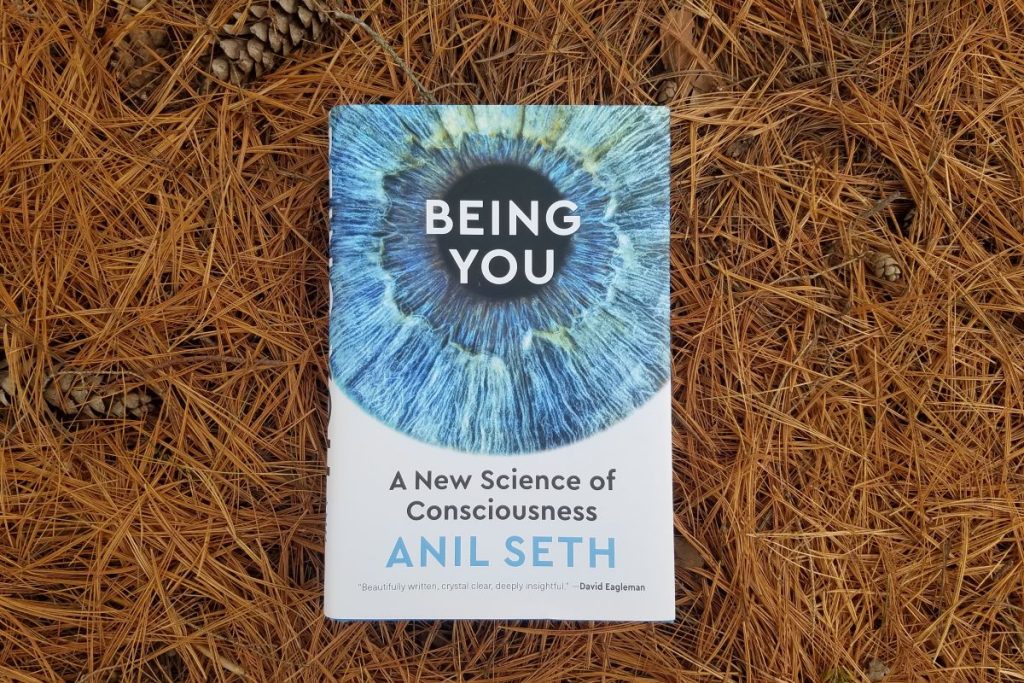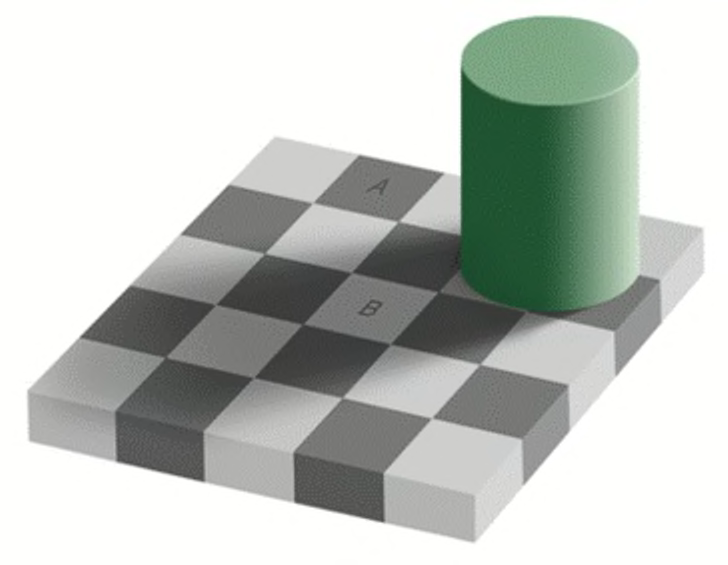Tonight, the drawing for the Mega Millions lottery in the United States will have an obscene prize, $396 million USD. At a price of $2 per ticket, I have a hard time truly grasping the number of people that have participated to generate this jackpot. And, if you are one of them, maybe you are looking for lottery tips on how to maximize your chances of winning tonight’s jackpot.

Well, I can’t really help you there, but I would say: don’t buy a ticket at all, if you have any hope of winning. That hope, of winning this lottery, is something that can distort your life, and not for the better. But, if you can afford a ticket, and can buy one cleanly, without any hope or expectation of winning? Then, go right ahead.
But, why should our attitude matter when we play the lottery? And after all, isn’t that why people play lotteries and games of chance in the first place – because they have some hope of winning?
I would argue that our attitude does matter, especially because the odds of winning are so low. To buy a ticket with the hope of winning is to grasp at some unattainable thing. It is like reaching up for the full moon in the sky with the hope of clutching it in your hand.
Tonight, someone may win the jackpot, but you, as one specific person, do not have a (useful) chance of winning. You may very well be aware that the odds of winning the Mega Millions jackpot is about 1 in 302 million.
Three hundred million of anything is hard for our minds to grasp. To put it into perspective, you have a (much, much) better chance of being killed by a bee, hornet or wasp sting. Or, of going to the emergency room for a pogo-stick injury.
Or, compare the Mega Millions drawing to flipping a coin. If you were to flip a fair coin once, your chance of getting heads is 1 in 2 (half the time, the coin will come up heads, half tails). If you flip that coin 3 times, your chance of getting heads all three times is 1 in 8. Not bad, really – you would have a better than 10% chance of succeeding.
But, your chance of winning the Mega Millions lottery is about the same as flipping a fair coin 28 times and getting heads every, single, time (1 in 268 million).
So, to buy a ticket for tonight’s lottery with any hope, any expectation, of winning is not rational, in any sense. In practical terms, your chance of winning is basically the same whether you buy a ticket or not.
This is an argument I have made a number of times in my life, to discourage people from playing the lottery. I recall a time several years ago, that I had a student who was excited about the Powerball lottery (1 in 292 million chance of winning). That young man maintained that if he kept playing, every week, he was sure to win someday.
I argued with him, gently but persistently, going around and around again. I worked hard to get him to admit that no one, none of us, has a good chance of winning the Powerball. I made spreadsheets, showing the cumulative odds of winning, if we played every drawing for 50 years of our life. (Spoiler alert: the odds are still pretty terrible.) I wanted to be sure that he understood that it was a waste of money, there was no way he would ever win.
And, to be fair, I guess it is not literally impossible that he could win. Some people have won, that is true. But, out of the hundreds and hundreds of millions (billions?) of lottery tickets sold, there have been 223 jackpot winners in Mega Millions, and about the same number have ever won the Powerball jackpot.
Through all of our arguments, I remember clearly how he would listen to me carefully. Nod his head a bit, with a laugh and a bright, mischievous grin.
And, he would say something like, “No, it definitely is a sure thing.”
Looking back, I can see that I argued with him because I felt an obligation to speak up when I saw someone promoting a wrong view. But, I did start to look more closely at my own motivation. After our first conversations, I found that it was not skillful for me to continue to push the issue. I found that I needed him to admit that he was wrong.
We would all have been served better if I had focused on having a conversation, rather than treating this as another lesson from class. I learned something from these arguments, and I am grateful to that student, for holding his ground.
Today, I don’t worry, in general, about whether people play the lottery or not. While the chances of winning are very low (zero, for all practical purposes), is there any real harm to spending $2 USD on a lottery ticket? If you have $2 to spend, and you enjoy daydreaming a bit – or feeling that you are part of the experience – then why not?
And, at this point I do feel that I owe you a confession. For all my protests, I have played both the Powerball and Mega Millions lotteries. Not very often, and usually at points when the jackpots had grown to $200 million or so. And, I did enjoy the feeling of being part of these jackpots, being a part of the event.
And, it was diverting, to be honest, to imagine what I could do with the winnings. We have people in our family who are struggling in various ways, and could use help. We can see the real, pressing needs in our local community, and in the world. It is tempting to think about how we could make a real impact if we were to win.
But, as I’ve seen several large jackpots emerge over the past year, I have also had some concerns about how I was affected by the lottery. As I looked at myself, I found that some part of me did believe that I could win, hoped for it, even to just a small degree. I found myself drawn into daydreaming about what I could do with the jackpot. Fantasies about how much a prize like that could help the people in my life.
And, after two tickets won the last Powerball jackpot, I did notice that I felt let down. Not in a major way, but I was disappointed that it was over. In that moment, I felt (realized?) that I had been wasting my time and energy. For all of my well-intentioned daydreams, what real impact was there for my family? For my community?
So, I do not see anything wrong in general with buying a lottery ticket (if you can afford it). But, for me personally, I don’t think that I should participate. Because, when I look very closely at myself, my actual experience and behavior, I can see that buying a ticket affected me in a negative way.
Reflecting on my experience with the lottery, I was reminded me a short passage that I had read years ago, about the Zen teacher Shunryu Suzuki, after he had moved to San Francisco. This was early in his work, teaching Zen in America, as he was working to establish his own habits in a new country:
… he was careful not to get involved in the sort of socializing he had done in his last years in Japan, when it had become a diversion from his unsatisfying temple responsibilities. He wouldn’t play go anymore. He walked over to the Go Club on the other side of the building one day, reached for the doorknob, paused, then had backed away and gone home.
David Chadwick, Crooked Cucumber
In the whole biography of Suzuki, this was a small point. But, it was one that stuck with me. Perhaps because I have also found myself drawn into comfortable habits by my own diversions. And, I worried that the lottery could become something similar for me – a way to avoid contact with the reality of my life.
I’ve written before about the importance of looking carefully at our motivation to practice, and being aware of how our goals can distort our efforts. In my own Zen practice, I have also been grateful for times, such as with the lottery, where I have been mindful of how my daydreams have widened – solidified – the gap between my self and reality. I appreciate how Steve Hagan captured this gap, in his book, Buddhism Plain and Simple:
Our life is like a wheel out of kilter. It’s not satisfying. ‘There’s something out there I’ve got to get. And there’s something else out there I’ve got to keep away from me.’ This is bondage–this wanting, leaning, craving for something outside ourselves.
Steve Hagan, Buddhism Plain and Simple
In this quote, Steve Hagan is making a general point about human life, about the roots of our dissatisfaction.
In the case of the lottery, I found that I had become preoccupied, in a small, subtle way. And, in a way that had some negative effects on my life. In noticing this point, I found that for me, the lottery is not innocent fun. For me, I have found that I cannot play the lottery cleanly – without falling a bit out of kilter.
And, this may not be true of you. If you can buy a ticket to the lottery, and then continue on in your life without any impact, that is wonderful. But even so, keep an eye out for other places in your life where you might be caught. My advice to you is to always be attentive to how our life is affected by our actions.
And, I personally work to take Hagan’s advice to heart:
Attend to immediate experience. Cultivate your mind in meditation. Become familiar with the workings and leanings of your own mind. You’ll be spared a great deal of misery, and ultimately you’ll know True Freedom.
Steve Hagan, Buddhism Plain and Simple
Someone will eventually win this lottery prize, and I hope that they will be grateful for their fortune. It would be wonderful if they would use some of their prize to make a difference in the world. For me, I’ll be doing the same, in whatever way I can.


